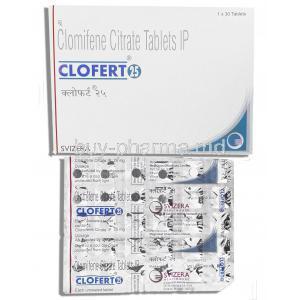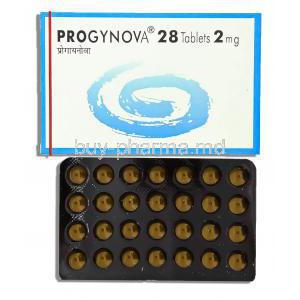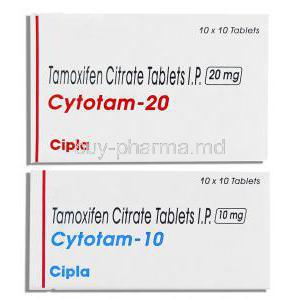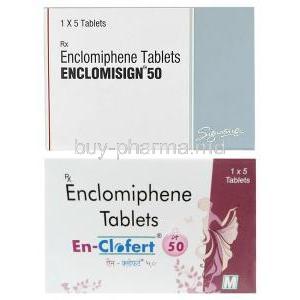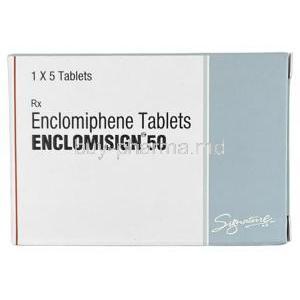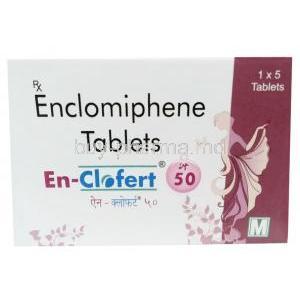Allylestrenol Injection
Introduction
Allylestrenol Injection plays a role in treating a range of obstetric and gynecological issues. Exploring its importance in medicine and considering its background sheds light on how it is used for therapeutic purposes.
Overview of Allylestrenol Injection
Allylestrenol Injection, a man-made progestogen, is essential for addressing reproductive health concerns. It works by imitating the functions of progesterone, a hormone, for sustaining pregnancy and controlling the menstrual cycle.
Importance of Allylestrenol in Medical Practice
Allylestrenol plays a role in the field of obstetrics and gynecology because of its diverse uses in addressing issues like potential or repeat miscarriages, early childbirth, and menstrual irregularities. Healthcare professionals often prefer it due to its effectiveness and safety record.
Brief History of Allylestrenol
Allylestrenol, which was introduced in the middle of the century, has shown great potential as a pharmaceutical solution for issues related to reproductive health. Its usage has developed over time. It is now appreciated for its positive impact on the health of both mothers and babies.
Allylestrenol vs Progesterone
Allylestrenol closely resembles progesterone both in its structure and how it functions.
- Progesterone exhibits the pharmacological effects of progestins. It interacts with receptors for progesterone and estrogen, affecting cells in parts of the female body such as the reproductive system, mammary gland, hypothalamus, and pituitary gland.
Uses of Allylestrenol Injection
Primary Indications
-
Treatment of Threatened or Recurrent Miscarriage:
-
Prevention of Premature Labor:
-
Management of Menstrual Disorders:
Off-Label Uses
-
Managing Endometriosis:
- Allylestrenol has been found effective in managing endometriosis.
- It inhibits the growth of tissue and alleviates pelvic pain commonly experienced by individuals with this condition16.
- Overall, compared to dydrogesterone, allylestrenol significantly improves endometrial thickness, morphology, and blood flow, indicating a more efficient role of allylestrenol in endometrial receptivity improvement16.
-
Assisted Reproductive Techniques (ART):
-
Uterine Bleeding:
How Allylestrenol Works
Mechanism of Action
Allylestrenol mainly works by its effects, which occur when it interacts with progesterone receptors in the reproductive organs. This results in the growth of the lining being regulated, uterine contractions are reduced, and pregnancy is supported.
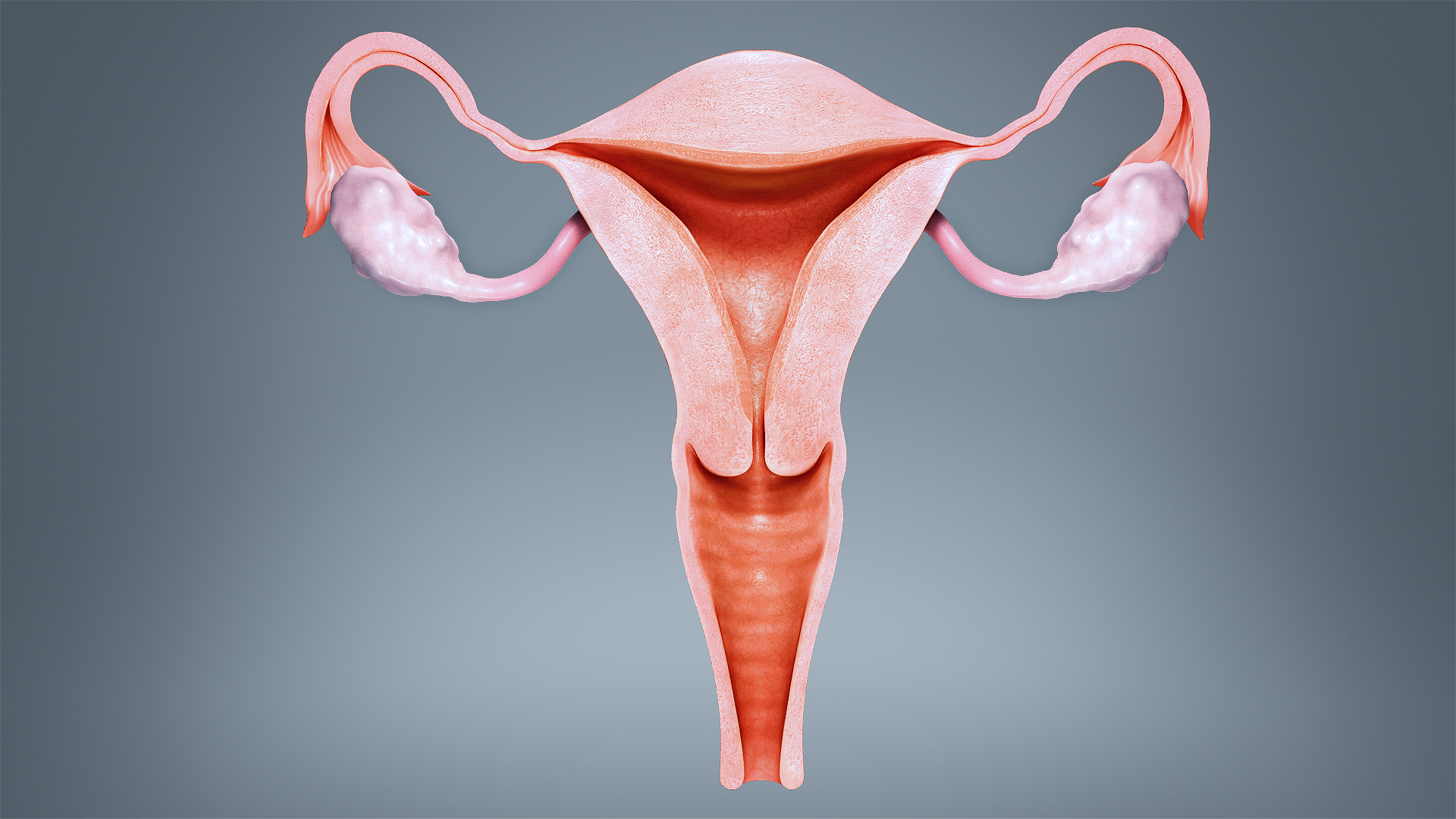
Pharmacokinetics
- After being injected, Allylestrenol is quickly absorbed into the bloodstream, reaching its levels in the blood within a few hours.
- The medication spreads widely throughout the body with a tendency to gather in tissues like the endometrium and myometrium.
- Allylestrenol is processed in the liver through hydroxylation and conjugation reactions leading to both inactive byproducts.
- The body primarily gets rid of Allylestrenols byproducts through urine excretion, while a smaller amount is eliminated through feces.
Dosage and Administration
Recommended Dosage
The dosage of Allylestrenol Injection can vary based on the condition being addressed
- For Threatened or Recurrent Miscarriage. It is typically given at a daily dose of X mg starting once pregnancy is confirmed and continuing until the risk of miscarriage decreases.
- To Prevent Premature Labor: The medication is used as therapy at a daily dose of Y mg beginning after acute preterm labor symptoms have resolved and lasting until full term.
- Treating Menstrual Disorders: Patients are often prescribed a dose of Z mg in a cyclic manner to regulate menstrual cycles and relieve symptoms of abnormal uterine bleeding.
Route of Administration
Allylestrenol Injection is usually given through a subcutaneous injection to ensure quick absorption and long-lasting effects throughout the body.
Dosage Adjustments
Adjusting the dosage may be required depending on how the patient reacts, their ability to tolerate it, and the seriousness of the condition. Healthcare professionals should adjust the dosage carefully to reach the treatment results while reducing negative effects.
Monitoring Parameters
It's crucial to check the patients' clinical indicators, such as hormone levels, uterine activity, and the well-being of the fetus, to evaluate how they are responding to Allylestrenol treatment and guarantee the safety of both the mother and baby.
Composition of Allylestrenol Injection
Active Ingredients
Allylestrenol Injection includes Allylestrenol, as its pharmaceutical component, which is a synthetic progestogen known for its strong progestational effects.
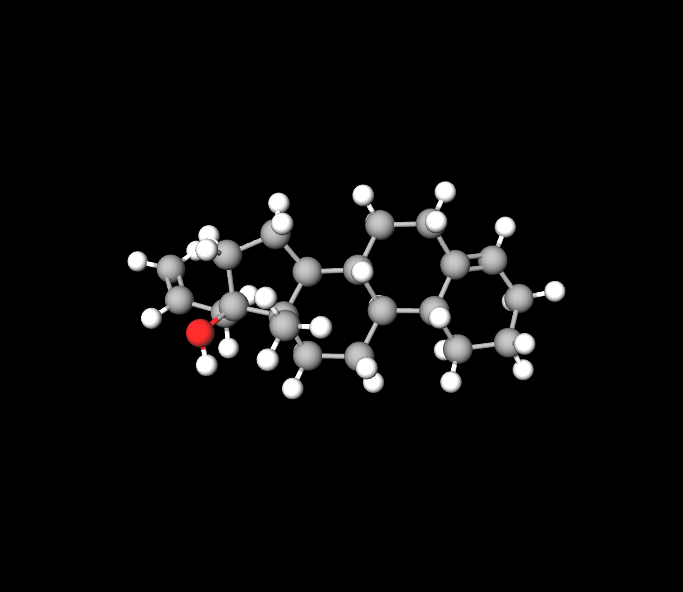
Excipients
Allylestrenol Injection may contain substances apart from the main ingredient, like solvents, stabilizers, and preservatives. These components help maintain the stability and compatibility of the formulation.
Pharmaceutical Form
Allylestrenol injection comes in a solution meant for injection and is provided in vials or ampoules for administration through injections.
Storage Guidelines
Proper Storage Conditions
To preserve its effectiveness and stability, Allylestrenol Injection must be kept in a dry area shielded from direct sunlight and moisture.
Shelf Life
The duration that Allylestrenol Injection remains differs based on the formulation and the manufacturer's specifications. It's essential to verify the expiration date for utilizing the product and dispose of any vials that are expired or damaged.
Handling Instructions
Healthcare professionals need to adhere to established procedures when managing and giving Allylestrenol Injections to reduce the chances of contamination and safeguard patient well-being.
Interactions
Drug-Drug Interactions
Allylestrenol could interact with medications, such as other hormonal drugs, blood thinners, and antiseizure medications. These interactions might impact its effectiveness or safety.
Drug-Food Interactions
The intake of foods or drinks, at the same time, could impact how Allylestrenol is absorbed or processed in the body, potentially changing its effects and how it works.
Drug-Laboratory Test Interactions
Allylestrenol treatment might impact the outcomes of lab tests like hormone tests or blood clotting assessments, requiring adjustments or careful interpretation of the test results.
Side Effects of Allylestrenol Injection
Common Side Effects
- Some patients might feel queasy, vomit, or have trouble at the start of treatment.
- A few people could get dizzy.
- Have headaches temporarily while taking Allylestrenol.
- Changes in hormones from Allylestrenol might cause breast tenderness or discomfort in individuals.
Rare but Serious Side Effects
- Rarely some individuals may experience reactions like anaphylaxis or hypersensitivity to Allylestrenol Injection, leading to the need for immediate medical attention.
- Prolonged use of progestogens such as Allylestrenol can potentially increase the risk of events like deep vein thrombosis or pulmonary embolism.
- In some cases, there have been reports of liver issues or hepatotoxicity associated with Allylestrenol therapy in those with existing liver conditions.
Warnings and Precautions
Contraindications
Before starting the Allylestrenol treatment, medical professionals need to take into account any reasons why it might not be suitable in order to keep the patient safe and prevent any harmful effects. These reasons could include:
- having a sensitivity or allergic reaction to Allylestrenol or any of its ingredients,
- A history of blood clotting disorders like deep vein thrombosis or pulmonary embolism,
- Current or suspected cancer in the breast or reproductive organs,
- unexplained vaginal bleeding,
- severe liver problems or an actively occurring liver disease.
Special Populations
Special care must be taken when administering Allylestrenol to groups of patients, which include;
Elderly Patients
Elderly individuals might show changes in how their bodies process medications and be more prone, to experiencing reactions. As a result, it's important to use dosing and keep a close eye on them to reduce the chances of any complications.
Pregnant Women and Nursing Mothers
When it comes to Allylestrenol, it is often utilized to assist with pregnancy, its safety for pregnant women, and those breastfeeding needs thorough assessment. To ensure the well-being of the fetus or infant, expecting mothers and nursing women should use Allylestrenol under the guidance of a healthcare professional after considering the advantages and risks involved.
Children
Allylestrenols safety and effectiveness, in children have not been confirmed. Hence it is usually advised against using it in populations unless a healthcare provider deems it essential and monitors it closely.
Precautions for Safe Use
When using Allylestrenol, it's important to pay attention to precautions, alongside contraindications and specific patient groups, to ensure effective usage.
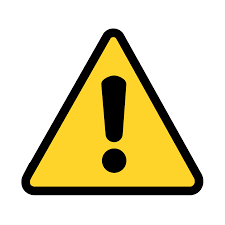
Renal or Hepatic Impairment
Patients who have issues with their kidneys or liver might see changes in how their bodies process and remove drugs, which could result in the buildup of drugs and harmful effects. It may be essential to adjust dosages, for these patients and keep a check on their kidney and liver functions to avoid any negative outcomes.
Cardiovascular Diseases
Patients who already have heart issues, such as high blood pressure or clogged arteries, might face a higher chance of heart problems when taking Allylestrenol. It's important to monitor their heart health by regularly checking blood pressure and cholesterol levels to catch any potential issues early on.
Endocrine Disorders
Patients dealing with endocrine issues like diabetes or thyroid problems might notice changes in their hormone levels and metabolism when using Allylestrenol. It's important to keep an eye on blood sugar levels and thyroid function to avoid making existing conditions worse and to get the best results from the treatment.
Overdosage
Symptoms of Overdose
Taking too much Allylestrenol can cause an overdose, which may show up as different symptoms such as:
- Stomach pain or discomfort
- Feeling nauseous and throwing up
- Feeling dizzy or light-headed
- Having a headache or feeling confused
- Retaining fluids or swelling in the body
Management of Overdose
When there is an intake of Allylestrenol, it is essential to take supportive actions to address symptoms and avoid any further issues.
Ways to manage this may involve:
- Using lavage or giving activated charcoal to lessen the absorption of the medication.
- Treating symptoms like stomach discomfort, dizziness, or any other negative effects.
- Monitor vital signs and fluid levels to identify and handle any heart-related complications.
- Seeking advice from a poison control center or healthcare professional for recommendations on management techniques.
Monitoring and Follow-up
After an overdose of Allylestrenol, it's crucial to monitor the patient and follow up to check their condition and make sure symptoms are resolving. Regularly checking signs, lab results, and organ functions is important to catch any lasting effects and determine the next steps for treatment.
Handling Precautions
Instructions for Healthcare Providers
Healthcare professionals who work with Allylestrenol should follow safety measures to reduce the chances of exposure and safeguard patient well-being.
- Wear proper protective gear like gloves and goggles when dealing with Allylestrenol Injection.
- Practice sterile techniques to prevent contamination and infections while preparing and administering the drug.
- Dispose of used needles, syringes, and vials in specific sharps containers based on institutional protocols and regulatory standards.
Disposal Guidelines
It's important to educate patients and caregivers on how to dispose of unused or expired Allylestrenol medication to avoid accidental ingestion or environmental harm.
- Return any Allylestrenol Injection to a healthcare facility or pharmacy for proper disposal.
- Avoid throwing away Allylestrenol medication in household trash or wastewater, as it can potentially harm humans and wildlife.
- Check with regulations or waste management authorities for advice on safe disposal methods for pharmaceutical products.
Handling by Patients and Caregivers
Patients and caregivers must understand handling practices to reduce the chances of accidental exposure or misuse of Allylestrenol.
- Keep Allylestrenol Injection away from children and pets and protected from heat and moisture.
- Follow your healthcare provider's guidance on how to administer it and stick to the prescribed dosing schedule.
- If you experience any reactions or have concerns about Allylestrenol therapy, make sure to inform your healthcare provider promptly for proper evaluation and care.


